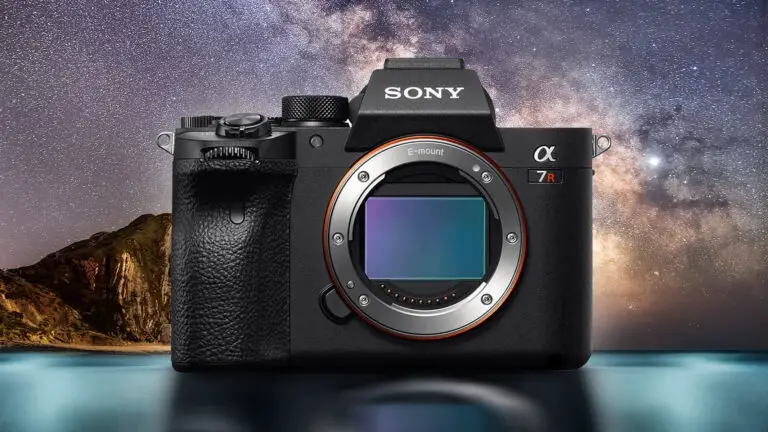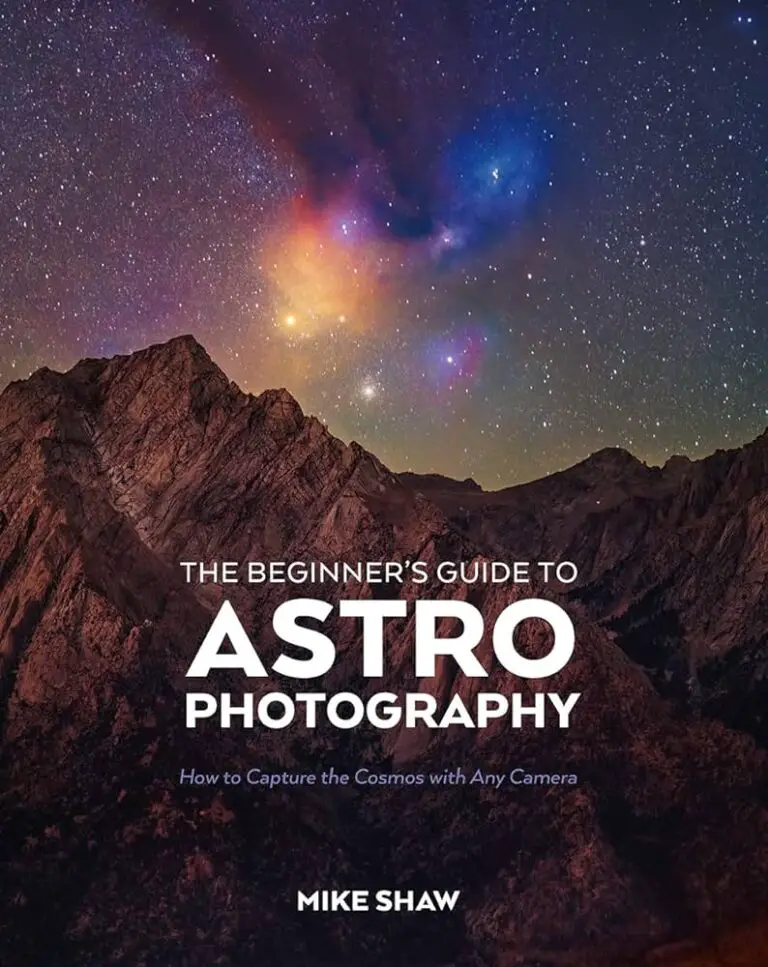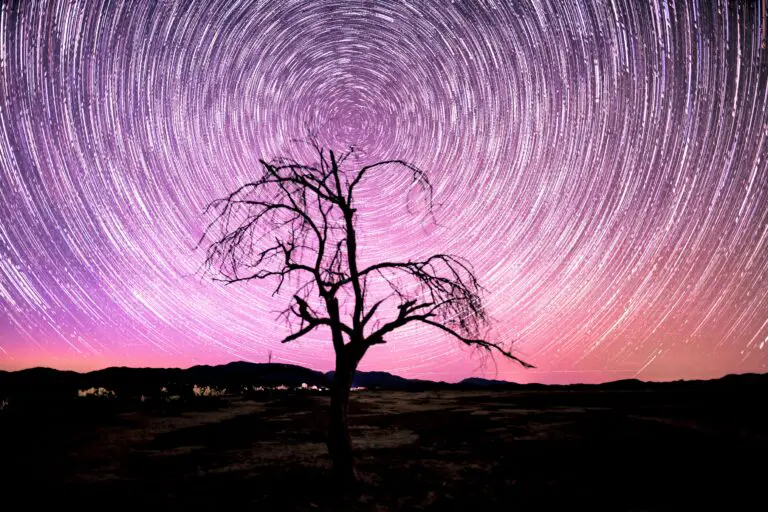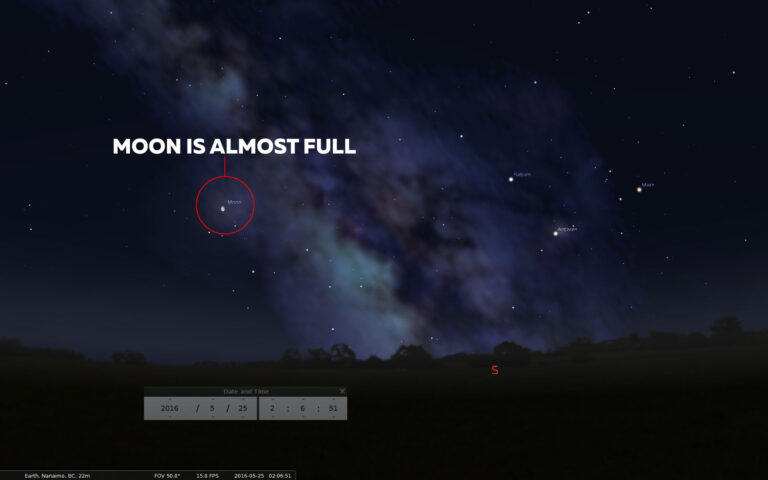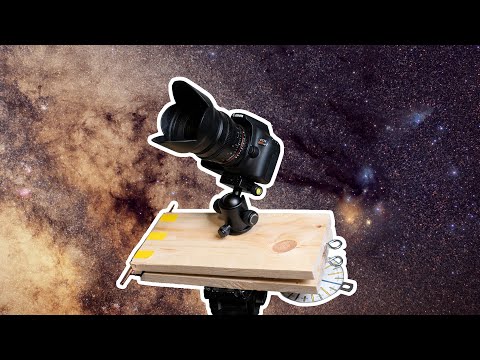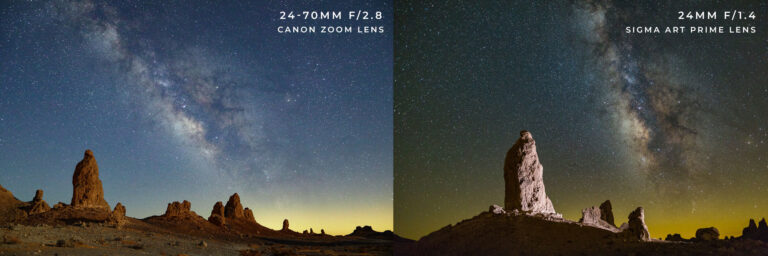Unlocking the Secrets of Deep Space Photography
The vastness of the cosmos has captured humanity’s imagination for millennia. From the constellations that guided the ancients to the cutting-edge discoveries of modern telescopes, the celestial realms have continued to inspire awe and wonder. Now, with the technology in our hands, we can bridge the gap between terrestrial existence and the enormity of the stars.
In this guide, we unveil the art and science of deep space photography, inviting you to embark on a visual odyssey that ventures beyond the Milky Way. Whether you’re an experienced astrophotographer or an enthusiast looking to immortalize the night sky, this post is your launchpad to the universe.
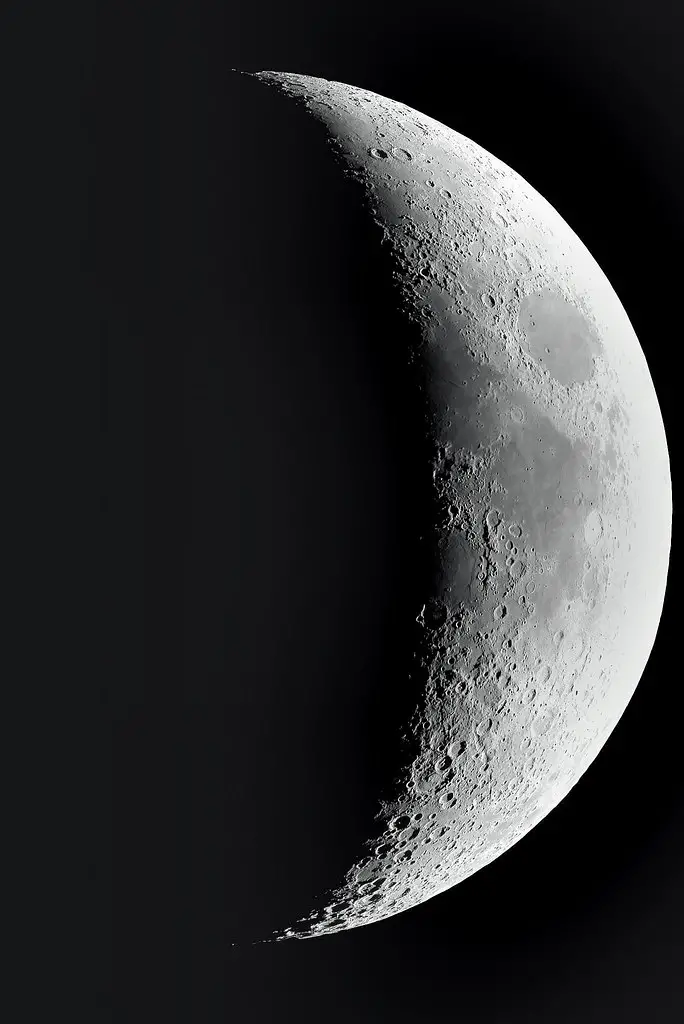
Understanding Deep Space Photography
At the heart of deep space photography is your camera—a gateway to capturing the unseen tapestries of space. Unlike traditional photography, deep space photography requires specialized knowledge, equipment, and a generous dose of patience. But the rewards are galaxies apart from your usual snapshots.
Gearing Up for Galaxies
Starting with the right gear is essential in your quest for capturing the cosmos. For beginners, a DSLR camera with manual controls is a good entry point. More advanced photographers may opt for dedicated astrophotography cameras, telescopes, and tracking mounts to compensate for the Earth’s rotation.
Techniques for Capturing the Cosmos
The key to astounding deep space photography is exposure. Long exposures—ranging from a few seconds to several minutes—allow the camera to collect light from faint celestial objects. Techniques such as stacking multiple exposures reduce noise and enhance details.
Exploring Celestial Wonders
Each corner of the night sky hides its own wonders, waiting to be framed by your lens.
Photographing the Milky Way
Our galactic home is a perennial favorite for astrophotographers. To capture its splendor, time your shoot during the Milky Way season—typically from April to September in the northern hemisphere—and find a dark location with minimal light pollution. Use a wide-angle lens for a panoramic view and keep the exposures short to avoid star trails.
Diving into Nebulae
Capturing the colorful clouds of gas and dust in nebulae is a more detailed endeavor. A telescope or long telephoto lens is needed to zoom in on individual nebulae. Your exposure should be long enough to reveal the nebula’s intricate structures without overexposing the stars that surround them.
Chasing Distant Galaxies
Photographing galaxies beyond ours is an advanced pursuit. It often involves longer exposures, precise tracking to avoid star trails, and, sometimes, the use of filters to suppress light pollution and enhance specific wavelengths of light.
Challenges and Solutions
Conquering the cosmos from your backyard comes with its share of obstacles, but with ingenuity, these can be overcome.
Battling the Glow of Civilization
Light pollution is the arch-nemesis of deep space photography. Combat it by finding a dark sky location, using light pollution suppression filters, or shooting during astronomical twilight when the Earth’s shadow reduces scattered city light.
Weathering the Storms of Space
The weather in space is not the only thing to worry about. Here on Earth, clouds can obscure the night sky, and atmospheric conditions can degrade image quality. A stellar forecast app can guide you to nights with clear skies and stable air, critical for sharp, detailed images.
Processing the Cosmic Canvas
The true magic of deep space photography often happens after the images are taken. Post-processing tools like Adobe Photoshop and specialized astrophotography software can reveal the hidden beauty within your RAW files, transforming them into gallery-worthy prints.
Inspiring the Astrophotographer Within
The climax of your foray into deep space photography is the moment you reveal the universe as you’ve never seen it before. Images of distant nebulae, star clusters, and the ethereal glow of the Milky Way underpin the cosmic realities that most will only read about or view in their wildest dreams.
A Vision Beyond the Veil
Sharing your images—whether with friends, family, or a global audience—opens a portal for others to share in the magic and mystery that you’ve witnessed and immortalized. Each photograph is a unique vision that invites contemplation and sparks the same sense of wonder that first set you on this path.
A Call to Adventure
Armed with the knowledge and tools to pursue deep space photography, there’s one final push—to go out and explore. The universe is vast, and our understanding of it is continually evolving. Each click of your camera’s shutter is a step towards that horizon, the frontier of a personal cosmic conquest.
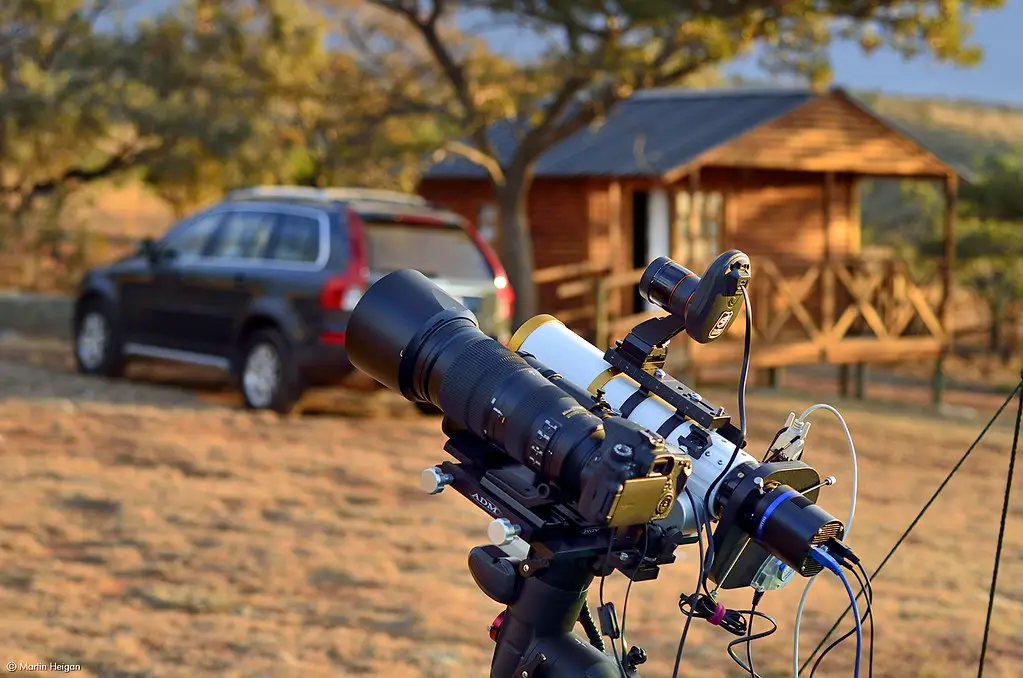
Conclusion
Deep space photography is more than just a technical pursuit; it’s an artistic expression that connects us with the sublime beauty and profound realities of our universe. As photographers, we play the role of ambassadors between humanity and the stars, bringing back to Earth images that inspire, inform, and instill a sense of our place in the grand scheme of things.
With this guide as your North Star, may your photographic journeys into deep space be as fulfilling as they are awe-inspiring. We encourage you to continue learning, experimenting, and reaching for the stars—both those within the cosmos and those you dream of capturing on your camera sensor.


